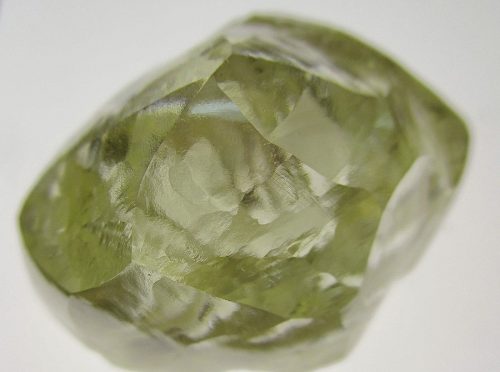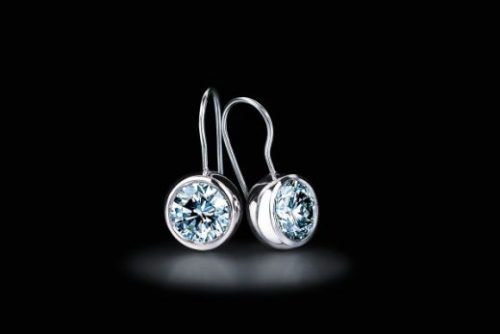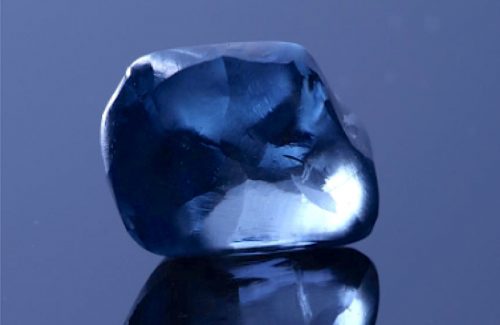
Botswana unveils rare 20 carat blue diamond
"The 20.46 carat oval shape fancy precious rock has been named "The Okavango Blue" in honour of[…]

Tiffany Is Training Africans to Cut Diamonds Sourced From Region
Botswana is the world’s largest diamond producer after Russia
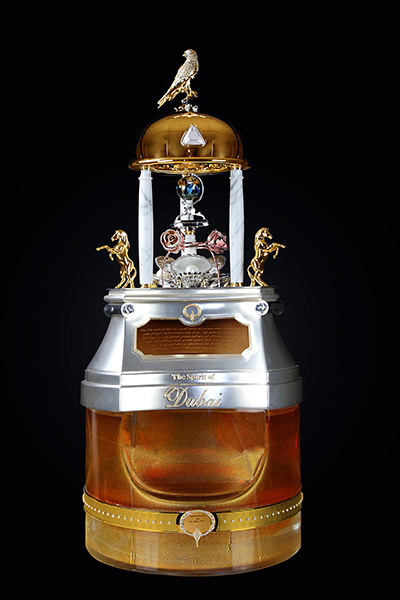
$1 million plus perfume bottle
This record breaking perfume bottle is covered in 3,500 diamonds. The new unisex fragrance made by Spirit[…]

Graff Unveils World’s Largest Square Emerald Cut Diamond At 302.37 Carats
The Graff Lesedi La Rona, world’s largest square emerald cut diamond Donald Woodrow
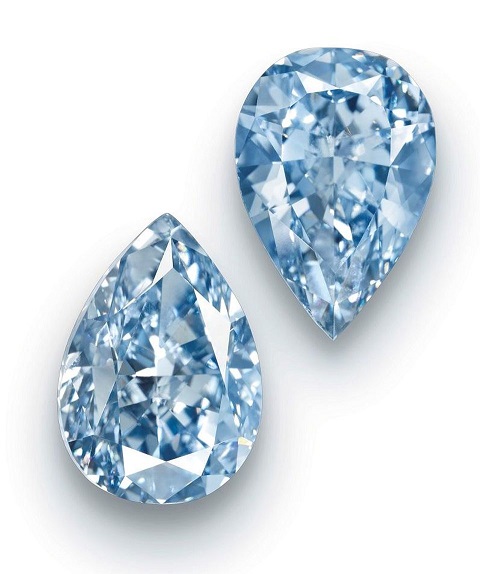
Two Stone Fancy Vivid Blue Diamond Ring Could Fetch $8 million At Christie’s New York Auction
Fancy Vivid Blue Diamond Twin Stone Ring


